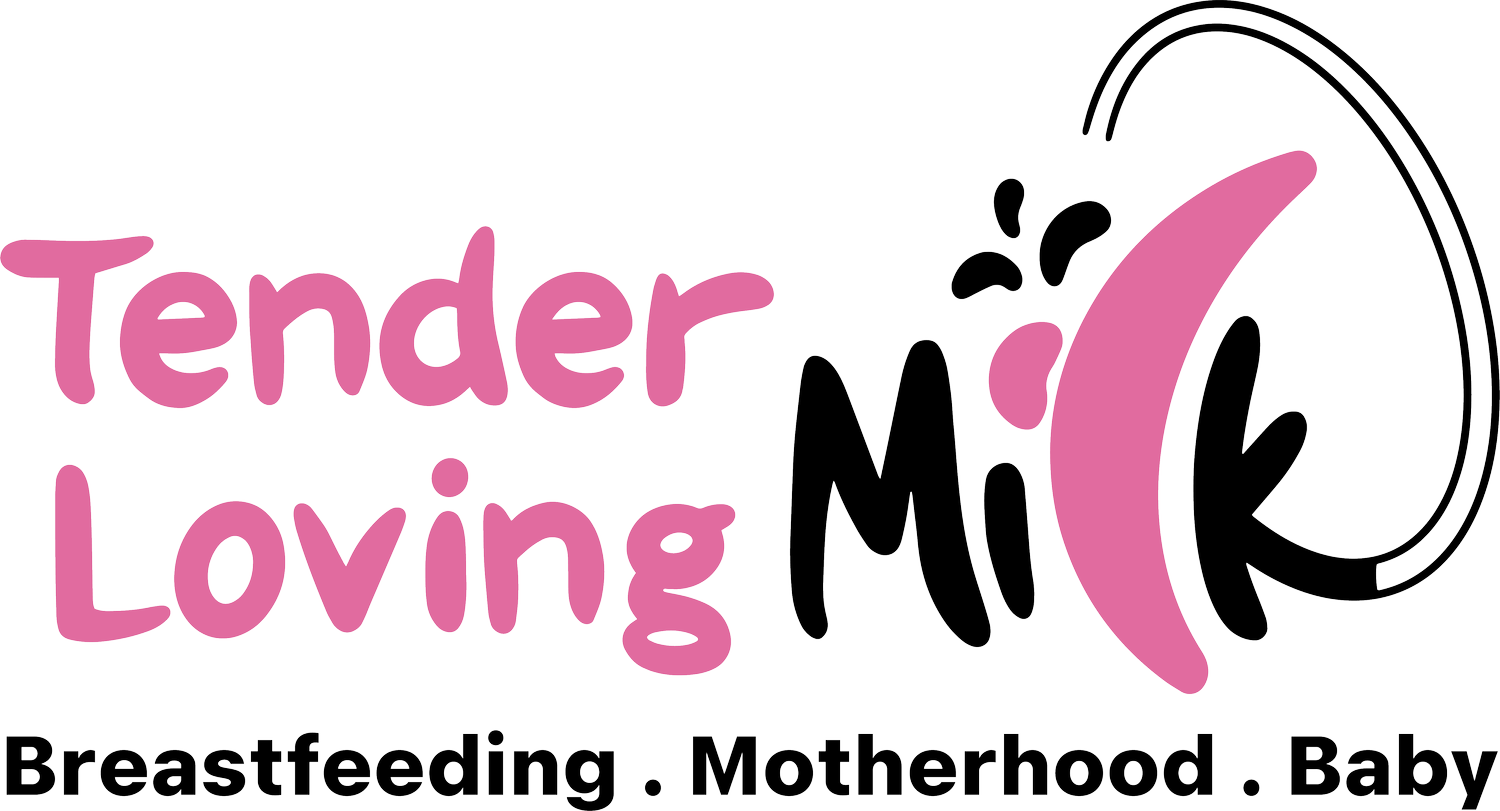Reliefing Clogged Ducts and Preventing Mastitis
Uncomfortable blocked ducts or painful breasts due to mastitis, oh my!
Here you are - two weeks into your breastfeeding journey, feeling like you are finally getting the hang of things. You got your baby latching like a champ, you have mastered the “football hold”, and you are remembering to keep a snack and water right beside you.
It is in these moments when we feel we have things all together, then a curveball comes our way - plugged milk ducts! The ducts in women’s breasts allow milk to flow to the areola. At times, these milk ducts can develop some blockage. This means that milk starts to build up behind the blockage, then “a lump forms and your breast begins to feel sore”.
Clogged, blocked, plugged ducts - any difference?
Essentially, they all mean the same! A clogged duct is where milk flow towards the areola is obstructed. According to Kellymom, clogged ducts usually happen gradually and affect only one breast. Although some mummies also reportedly have clogged ducts in both breasts at times. If you feel that your breasts are rather full, breastfeed or a pumping session will typically help to make your breasts feel comfortable. However, “plugged ducts are different because they don’t go away and are much more painful”.
Some of the symptoms of clogged ducts are:
A hard lump on a localised area in your breast which you can feel it when you gently press/massage
It may feel warm/hot, tender
May have some redness on the skin
A low-grade fever may occur
Clogged milk ducts are an uncomfortable, yet common, a side effect of breastfeeding that can occur at any point or even shortly after the conclusion of your breastfeeding journey. Clogged ducts usually happen if milk is not fully drained from your breasts on a regular basis either during breastfeeding or pumping sessions. There are many factors that may cause a clogged duct to happen and sometimes for no particular reason too!
There is a sudden change in your breastfeeding schedule.
Your baby is struggling with latching issues.
You are wearing restrictive clothing such as a tight shirt or a bra.
Your body is producing an oversupply of milk and milk is not removed from breasts regularly.
An abrupt weaning your baby off from breastfeeding.
A “nipple pore may be blocked”, also known as milk blister/bleb.
When you have clogged ducts, you may experience tender breasts, redness, swelling, heat, slow milk flow on one or both sides of your breasts. These usually are accompanied by painful letdown, engorgement, a milk blister, or localized pain in a specific area.
Some home remedies for clogged ducts
Do not be alarmed! No one wants to experience this, but rest assured that there are several at-home measures that can be taken to prevent infection, and eventually clear out the duct. Here are some most productive at-home remedies:
Continue to breastfeed or pump: If at all possible, engage an International Board Certified Lactation Consultant (IBCLC) to help ensure your baby is latching well, check on your nursing positioning to encourage an effective breastfeeding experience.
During breastfeeding: Offer “the fuller side” first for your baby to hopefully help to clear the blockage.
Massage your breasts: You can gently massage your breasts while breastfeeding or expressing milk through hand expression or a pump. Place your fingers above the clog and apply slight pressure while stroking down towards the nipple.
Breastfeed in a variety of positions: You may try dangling feed, where you place your baby beneath the breast (think all fours, with the baby positioned under you) are productive in helping to efficiently drain the breast.
Take a warm shower: Or use a warm compress to stimulate the milk flow before you start to breastfeed or pump.
Avoid clothing that is restrictive in any way: Aim to wear loose shirts and go braless if possible.
When weaning, try to do so gradually: Abrupt changes in your breastfeeding schedule can increase your chance of experiencing clogged ducts, as it discourages your breasts from fully draining, or from draining regularly enough.
Epsom salt soak: Get half to 1 spoon of Epsom salt and mix into a cup of hot or warm water and soak your breasts for about 10 to 20 minutes. If you need more water, just add more salt!
If clogged ducts are left untreated…
If clogged ducts go untreated, it can result in painful inflammation called “Mastitis”. Mastitis is accompanied by exhaustion, fever, aches, or a hard red lump on the breast. If you have attempted the above at-home remedies and have a persistent fever for more than 48 hours, do consider seeking an IBCLC for help. An IBCLC may refer you to a doctor to get antibiotics. In the meanwhile, do continue to increase your fluid intake, and breastfeed on the affected side as much as possible.
Breastfeeding is a journey full of ups, downs, and unique challenges, but it is worth it! Remember that you are never alone, no matter how long your night or how exhausting your day is. You’ve got this, mama!
For more information on breastfeeding and all things motherhood, subscribe to my mailing list! You will be the first to get access to free content and resources just like this.
References and other information:
